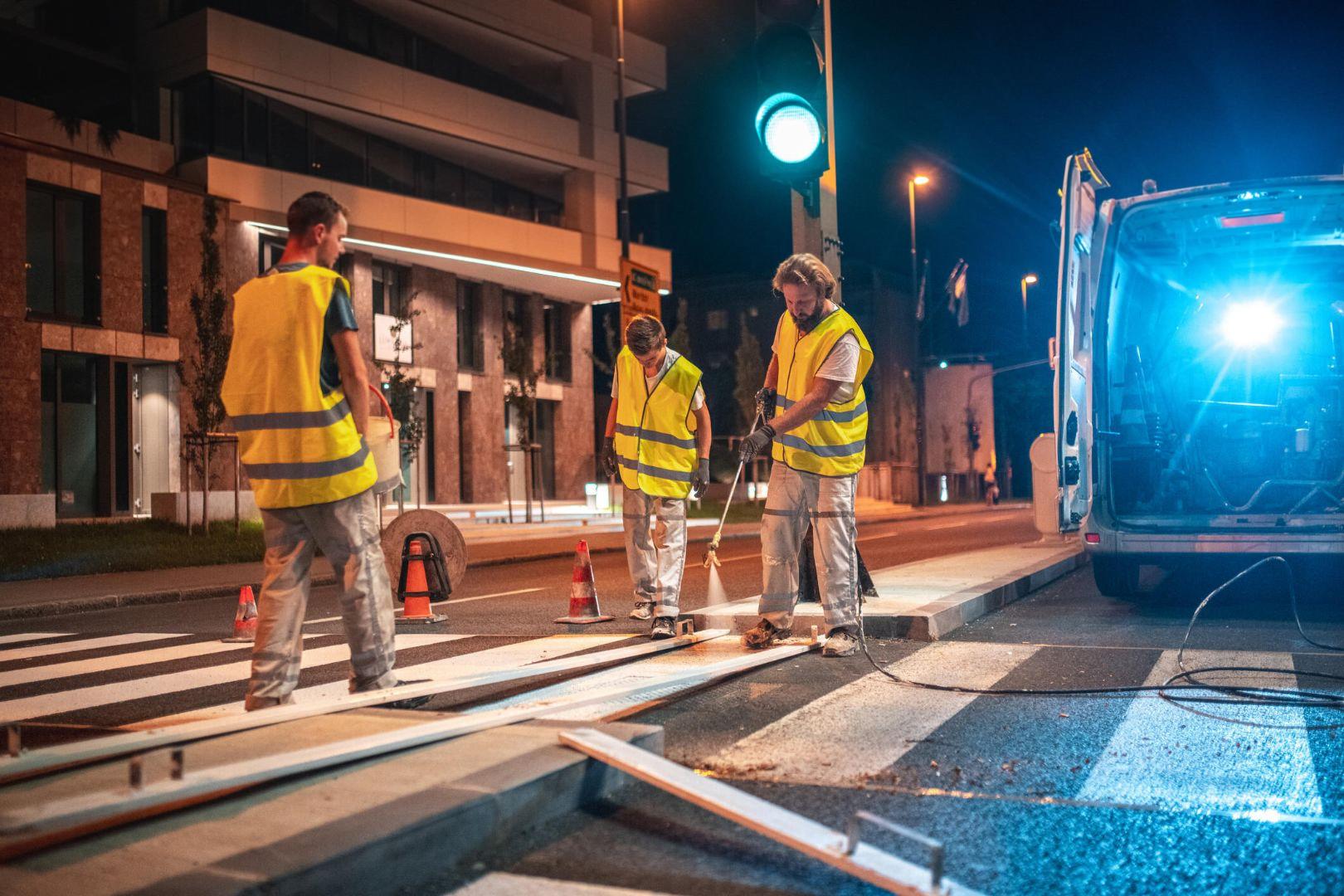Deteriorating pavements pose safety hazards and hinder transportation efficiency.
However, thanks to advancements in road repair equipment, the landscape of pavement
rehabilitation is undergoing a remarkable transformation. In this blog post, we’ll explore
the evolution of pavement rehabilitation and delve into the innovative technologies
revolutionizing road repair.
Challenges in Pavement Rehabilitation
Before diving into the advancements in road repair equipment, it’s essential to
understand the challenges that pavement rehabilitation efforts aim to address. Factors
such as traffic volume, weather conditions, and aging infrastructure contribute to the
deterioration of road surfaces, leading to cracks, potholes, and other defects that
compromise safety and impede travel. Traditional methods of pavement repair often
involve time-consuming processes and temporary fixes that fail to provide long-term
solutions.
Revolutionary Road Repair Equipment
Fortunately, advancements in road repair equipment are paving the way for more
efficient and durable pavement rehabilitation. Here are some cutting-edge technologies
that are reshaping the future of road repair:
- Cold In-Place Recycling (CIPR): CIR is a sustainable pavement rehabilitation
technique that involves milling the existing pavement, mixing it with new materials and
additives, and then laying it back down—all without the need for additional heat. This
process reduces waste, conserves resources, and produces a durable pavement
surface that can withstand heavy traffic loads. - Hot In-Place Recycling: Hot in-place recycling is another environmentally friendly
pavement rehabilitation method that involves heating the existing pavement, milling it to
remove surface defects, and then applying a rejuvenating agent before relaying the
asphalt. This process restores the pavement’s flexibility and extends its service life
while minimizing disruption to traffic flow. - High-Efficiency Milling Machines: Advanced milling machines equipped with cutting-
edge technology, such as automated controls and GPS guidance systems, are
enhancing the efficiency and precision of pavement milling operations. These machines
can quickly remove deteriorated pavement layers while minimizing damage to the
underlying structure, resulting in smoother and more uniform road surfaces. - Pothole Patching Innovations: Traditional methods of pothole patching often involve
temporary fixes that fail to address the underlying causes of pavement deterioration.
However, new technologies such as infrared asphalt heaters and spray injection
patching systems allow for more permanent repairs by heating the pavement surface,
removing debris, and applying a hot asphalt mix that seamlessly integrates with the
surrounding pavement. - Microsurfacing: Micro surfacing is a surface treatment and pavement
rectification process designed to extend the life of asphalt pavements in good
condition by providing skid resistance, restricting moisture intrusion, protecting the
structure from further oxidation and raveling, and restoring a uniform black
appearance. It is the most economical choice when leveling is required.
Microsurfacing boasts quick construction times and minimal disruption to traffic.
Reduces life-cycle costs by 25 – 45% compared to traditional resurfacing
methods.
Reduces greenhouse gases by 44% or more, and energy use by
54% or more compared to traditional resurfacing methods.
Reduces raw materials by 35% or more compared to traditional resurfacing
methods.
Return to traffic within 1 hour.
Enhances pavement life when applied for optimum preservation performance.
Benefits of Advanced Road Repair Equipment
The adoption of cutting-edge road repair equipment offers numerous benefits for both
infrastructure managers and the traveling public. These include:
- Cost Savings: Advanced pavement rehabilitation techniques can reduce the need for
frequent repairs and maintenance, resulting in long-term cost savings for transportation
agencies and taxpayers. - Improved Safety: By addressing pavement defects promptly and effectively, advanced
road repair equipment helps enhance safety for motorists, cyclists, and pedestrians by
minimizing the risk of accidents and injuries. - Sustainability: Many of the innovative technologies used in pavement rehabilitation,
such as cold in-place recycling and hot in-place recycling, promote sustainability by
reducing waste, conserving resources, and minimizing environmental impact.
The evolution of pavement rehabilitation is being driven by groundbreaking
advancements in road repair equipment. From sustainable recycling techniques to high-
efficiency milling machines and innovative pothole patching solutions, these
technologies are transforming the way we maintain and preserve our roadways. By
embracing these cutting-edge tools and techniques, we can pave the way to safer,
smoother, and more sustainable transportation infrastructure for generations to come.

